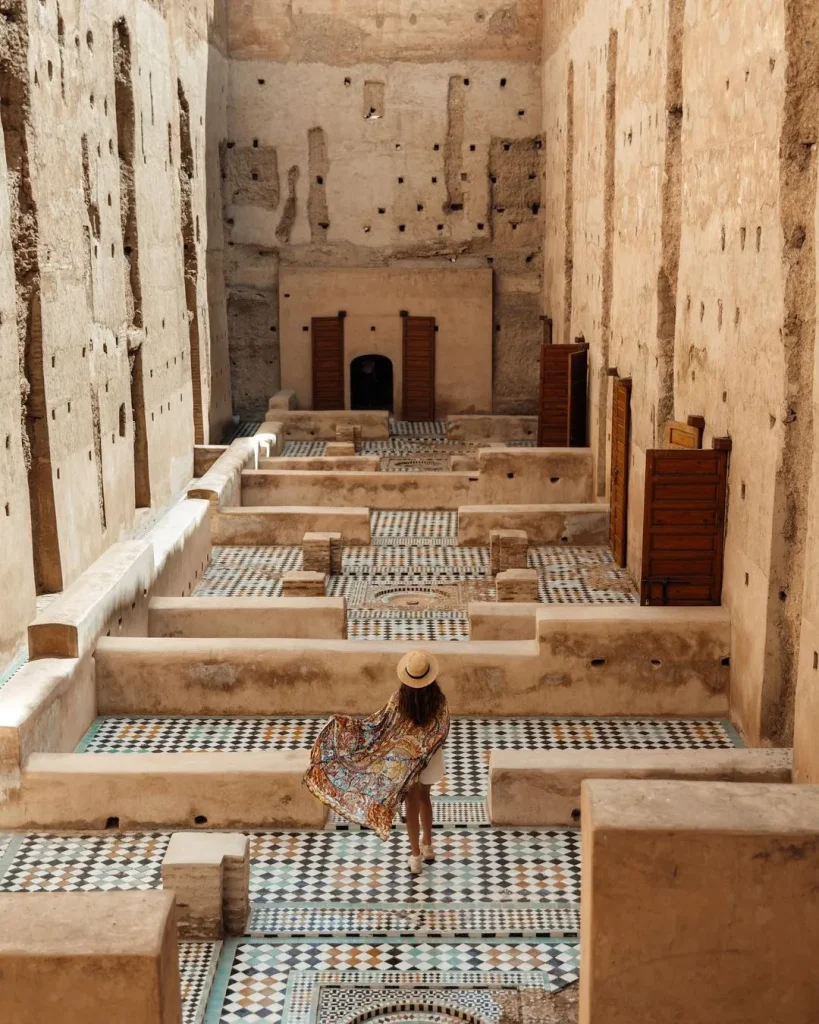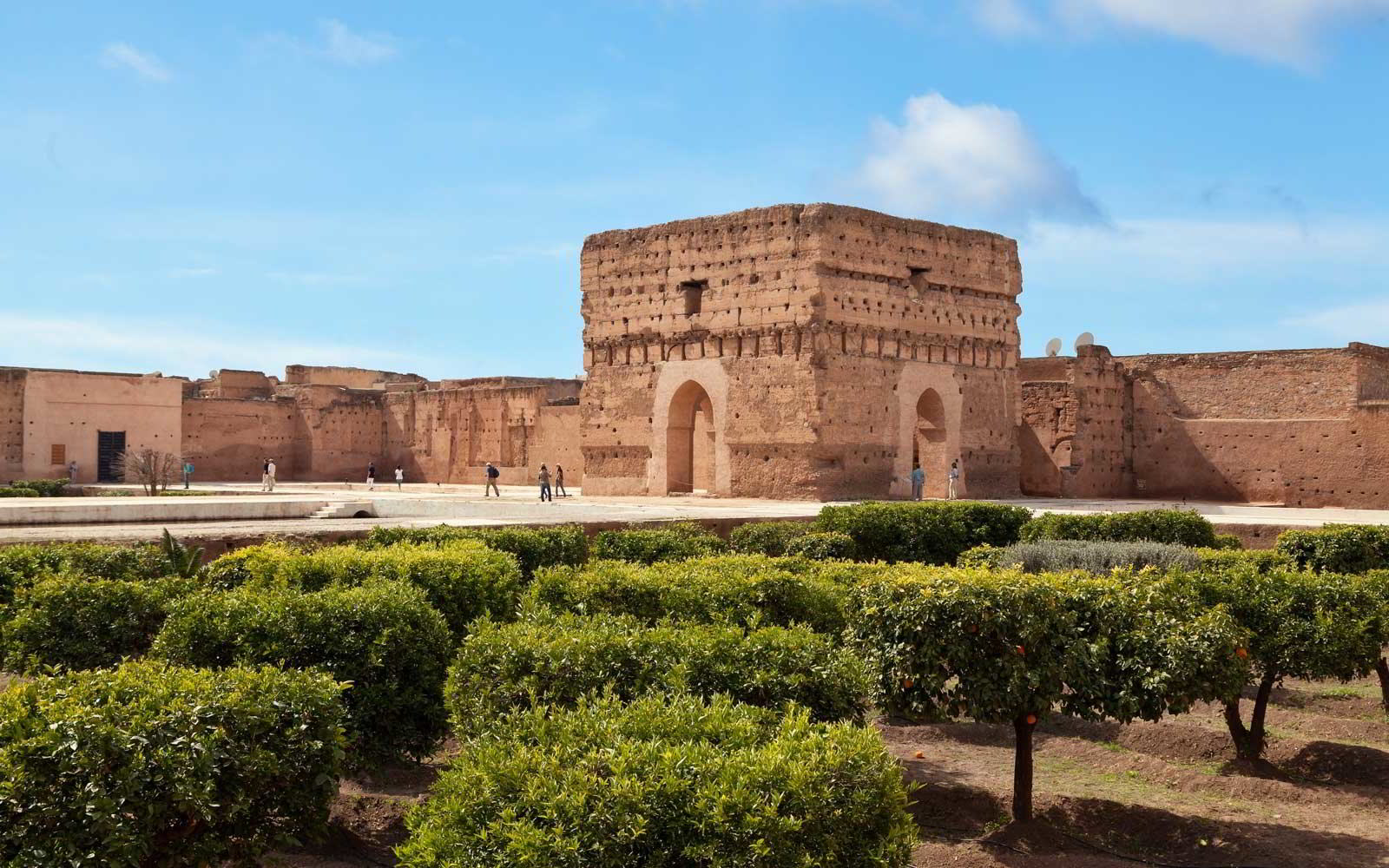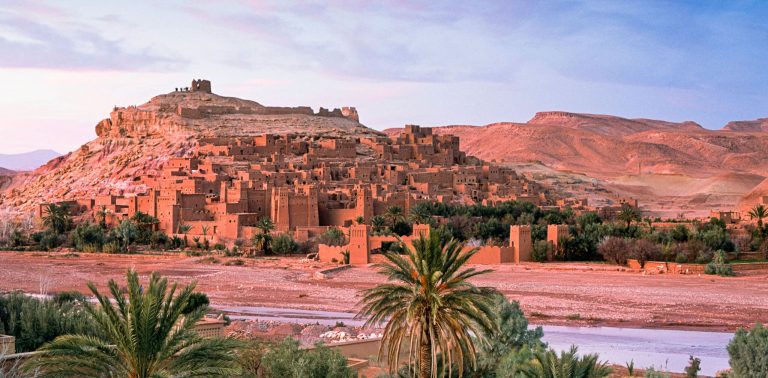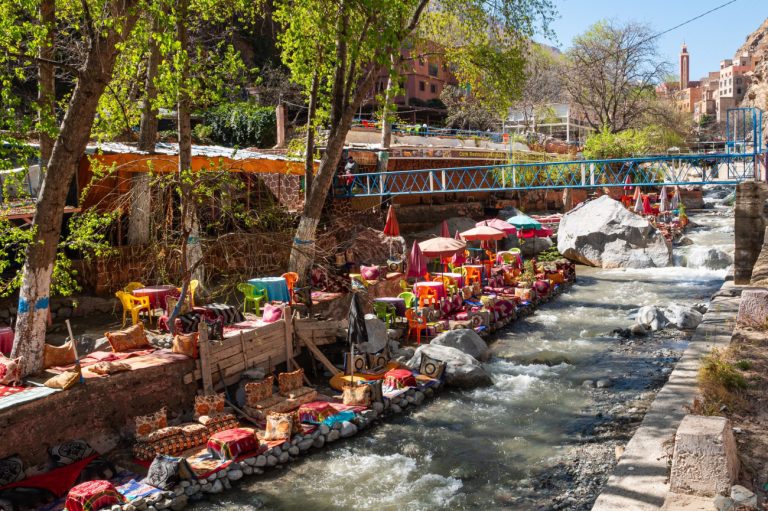El Badi Palace in Marrakech
In order to celebrate the victory of the Battle of the Three Kings against the Portuguese, the El Badi Palace, also known as Palais el-Badi, was constructed at the tail end of the sixteenth century by the Sultan Ahmed al-Mansour.
Given that it is presently a ruinous palace, we have little choice but to rely on the immense expanse of the patio and the expertise of historians in order to gain an impression of how it once seemed while it was being built. According to legend, “The Incomparable” (El Badii) was a palace that included more than three hundred chambers that were embellished with gold, turquoise, and crystal.
Beginning around the end of the seventeenth century, when Sultan Ismail Ibn Sharif made the decision to relocate the capital of Morocco from Marrakech to Meknes, the structure began a period of deterioration that lasted until the present day. During this procedure, he entirely robbed the palace of its possessions.

Koutoubia Minbar
Koutoubia Minbar, also known as the Pulpit, can be found within El Badi Palace. It was crafted by workers who were residing in Cordoba during the twelfth century and is constructed of cedar wood. It is adorned with marquetry and little inscriptions in gold and silver.
If you like ruins
It is highly recommended that you travel to El Badi Palace if you have ever seen the Roman Forum in Rome or if you have ever fantasized about going to the Acropolis in Athens. You may get an impression of the splendor of the structure by looking at its huge courtyard that has been abandoned. Should you choose to go to El Badi, you should not overlook the opportunity to climb the walls and take in one of the most breathtaking views of Marrakech.
For those interested in exploring the inside of these remarkable remains and learning more about them, we suggest that you hire a local guide who is fluent in English. And if you don’t, there is a good chance that you won’t be able to see some of the most significant areas of the palace, such as the dungeons.




